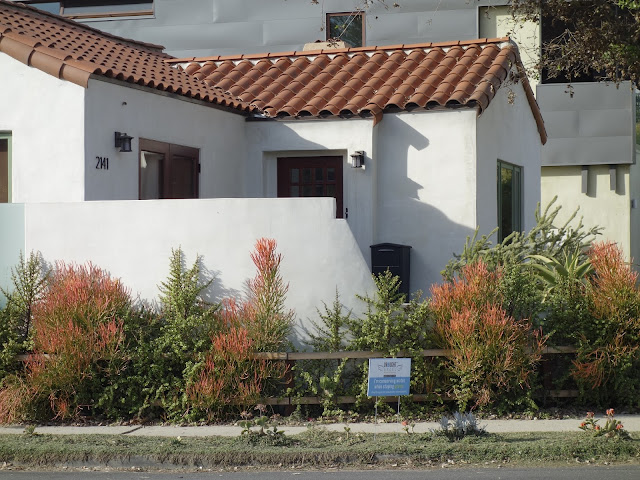New York Times
By
BEVERLY HILLS, Calif. — This famously wealthy city was founded by businessmen who were seeking oil but found something more precious — water — and decided to stay. Now, Beverly Hills has become one of the first places in California to be slapped with fines for using too much water during the state’s devastating drought.
On Friday, California water officials announced that they had issued their first fines in history for failing to meet state-mandated conservation orders, assessing penalties to this city and three other water districts. Over all, Californians cut water use by 26.1 percent in September compared with September 2013, the fourth consecutive month they have surpassed the governor’s goal of a 25 percent reduction.
But some districts had not done nearly enough to cut back, officials said Friday. Along with Beverly Hills, the Indio Water Authority, the Coachella Valley Water District and the City of Redlands were fined $61,000 — or $500 a day since the start of June, when the restrictions went into effect. All of them have missed their state-mandated conservation targets — which range up to 36 percent compared with 2013 — by more than 8 percentage points since June 1.
Cris Carrigan, director of enforcement for the State Water Resources Control Board, said the four districts had either taken action too late to make a difference in their water use or had not stressed the need to cut back enough to their customers.
“We could have saved even more water if some residents, businesses and institutions in these communities had stepped up,” Mr. Carrigan said. “These penalties send a signal that there are consequences.”
All four of the districts will be able to appeal the fines. If they do not get their water use down to the mandated levels, the state could issue cease-and-desist orders, which come with fines of up to $10,000 per day.
Beverly Hills, the only one of the districts in an urban, coastal area, has fallen nearly 12 percentage points short of its 32 percent conservation standard. Mr. Carrigan said the district did little until October.
“The city has not demonstrated improved conservation,” he said. “Per capita consumption is not decreasing.”
In an email, Cheryl Friedling, a deputy city manager for Beverly Hills, outlined new measures the city was taking, including “penalty surcharges, hiring additional staff to address water violations and developing individualized conservation programs that will help us achieve reductions we need.”
But Mr. Carrigan warned that these “very well might not be the last of the fines.”
The districts that were fined this week are hardly the only ones that have failed to meet their conservation standards. More than 50 suppliers were at least 5 percent short of meeting their conservation targets in September.
And state officials acknowledged that meeting conservation goals could become more difficult in the winter: Most water use is traditionally during the summer, so there was more room to save in July and August.
Felicia Marcus, chairwoman of the state water board, expressed optimism that the state could remain above the 25 percent threshold, even if conservation sagged in the coming months.
“The fact that we’re up and over is good,” Ms. Marcus said. “Would I like a bigger cushion? Yeah, definitely. But I think we’re still in the ballpark.”
Also on Friday, Gov. Jerry Brown declared a state of emergency over a bark beetle infestation that has killed tens of millions of trees during the drought. He is seeking federal resources to assist with the removal of dead trees.
“California is facing the worst epidemic of tree mortality in its modern history,” Mr. Brown said in a letter to Tom Vilsack, the federal agriculture secretary. “A crisis of this magnitude demands action on all fronts.”


